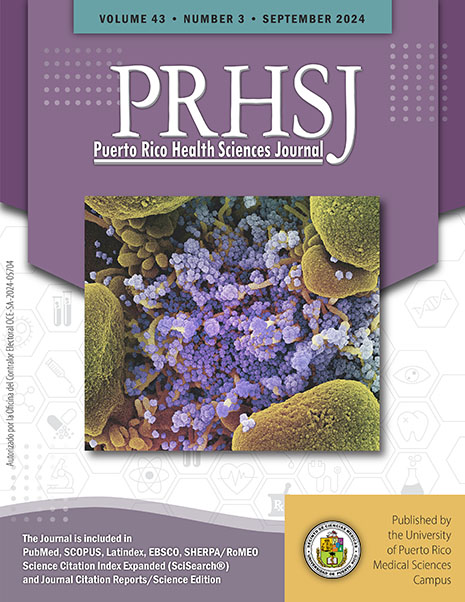Abstract
Objective: The abrupt decline in the Total Fertility Rate (TFR) of Puerto Rico to 0.9 children per woman, well below the replacement level of 2.1 children per woman, makes the prospect of a sustained population decline a real possibility. Population projections produced by the United States Census Bureau and the United Nations Population Division show that the island population may decline from 3.8 millions in 2000 to slightly above 2 million by 2050, a dramatic population decline of 47% in 50 years. Both population projections assume that all countries with a TFR below replacement level could eventually increase toward or oscillate to 2.1 children per woman and have Puerto Rico’s TFR approaching 1.5 by 2050. This assumption has been widely criticized as unrealistic and not supported by evidence. The main objective of our research is to provide an alternative fertility projection for Puerto Rico by 2050 that has more realistic assumptions. Methods: Our methodology is based on the Bayesian Hierarchical Probabilistic Theory used by the United Nations to incorporate a way to measure the uncertainty and to estimate the projection parameters. We modified the assumptions used by the United Nations by considering 17 countries with TFR similar to Puerto Rico. Results: By 2050, Puerto Rico may have a TFR of 1.1 bounded by a 95% credibility interval (0.56,1.77). Conclusion: Under this scenario Puerto Rico can expect to have a larger population decline than that projected by the Census Bureau and the United Nations.
Authors who publish with this journal agree to the following terms:
a. Authors retain copyright and grant the journal right of first publication with the work simultaneously licensed under a Creative Commons Attribution License that allows others to share the work with an acknowledgement of the work's authorship and initial publication in this journal.
b. Authors are able to enter into separate, additional contractual arrangements for the non-exclusive distribution of the journal's published version of the work (e.g., post it to an institutional repository or publish it in a book), with an acknowledgement of its initial publication in this journal.
c. Authors are permitted and encouraged to post their work online (e.g., in institutional repositories or on their website) prior to and during the submission process, as it can lead to productive exchanges, as well as earlier and greater citation of published work (See The Effect of Open Access).
